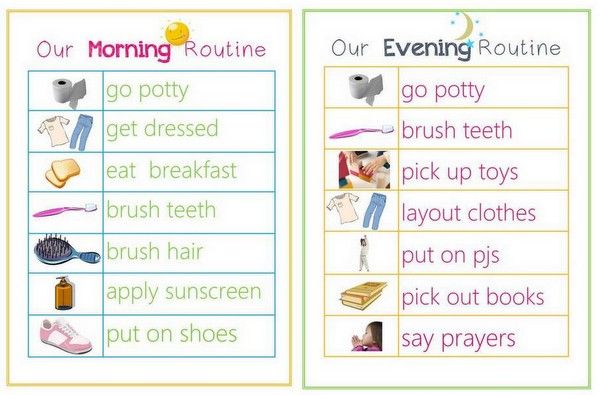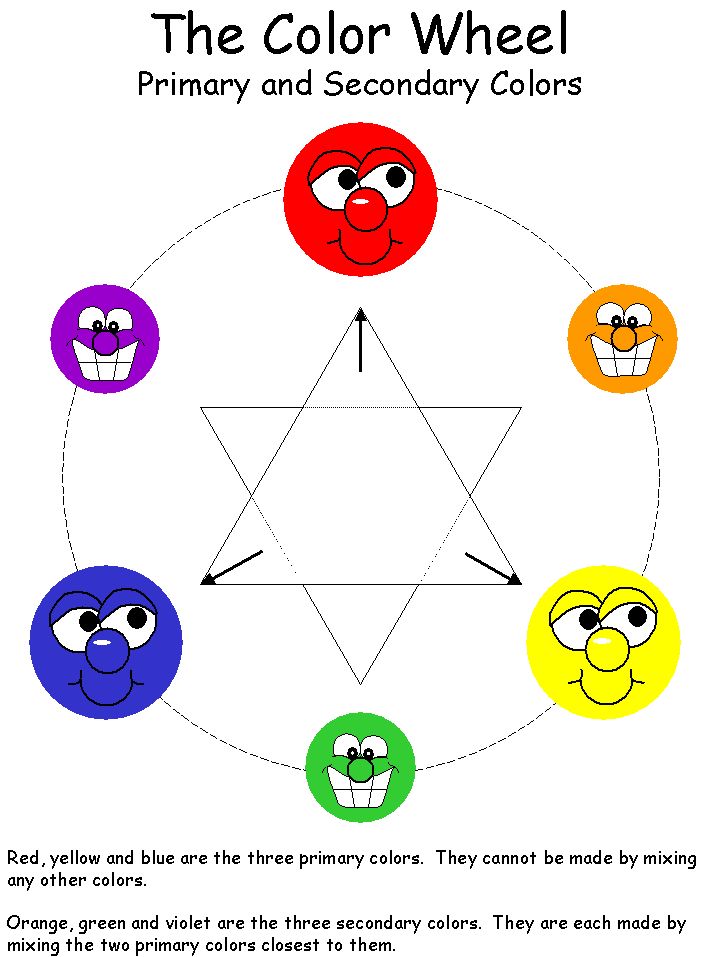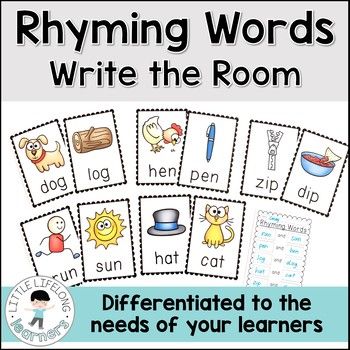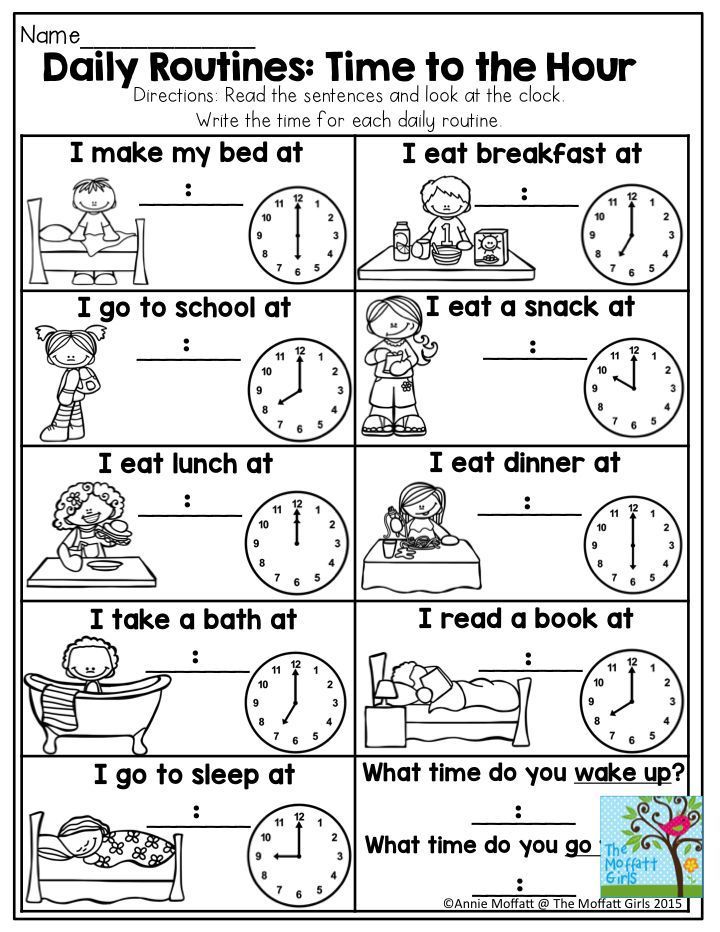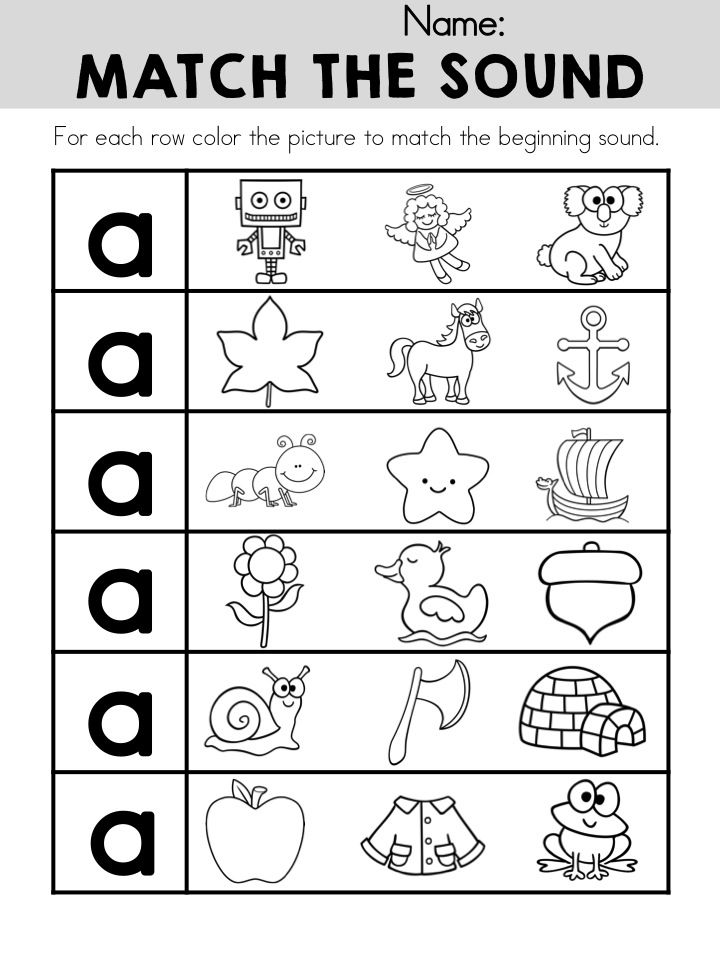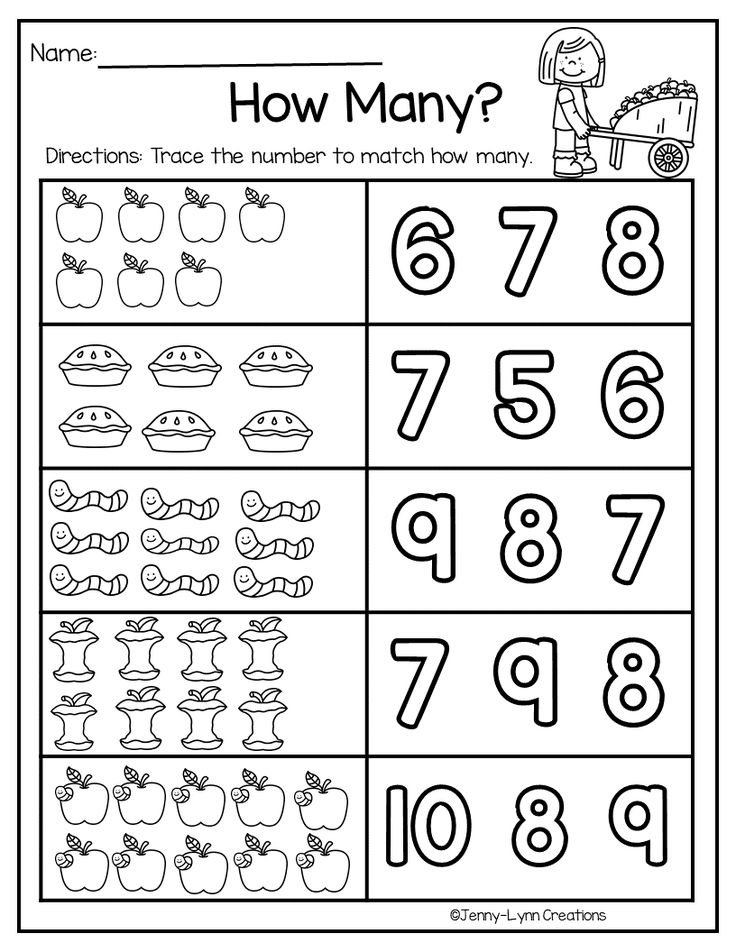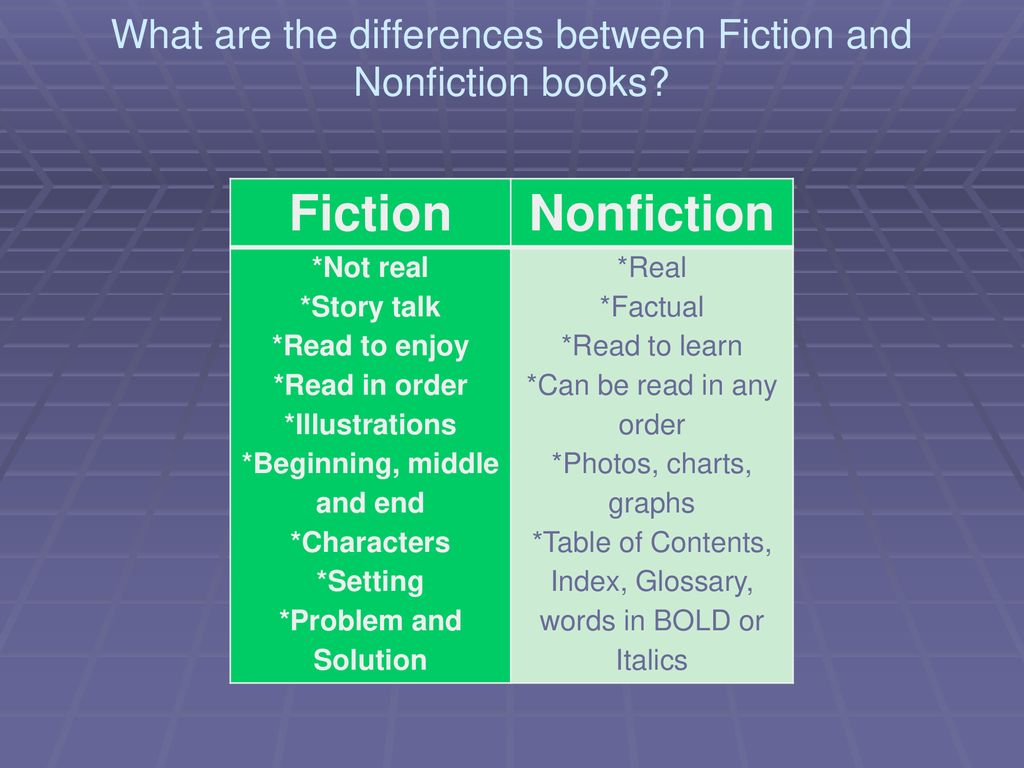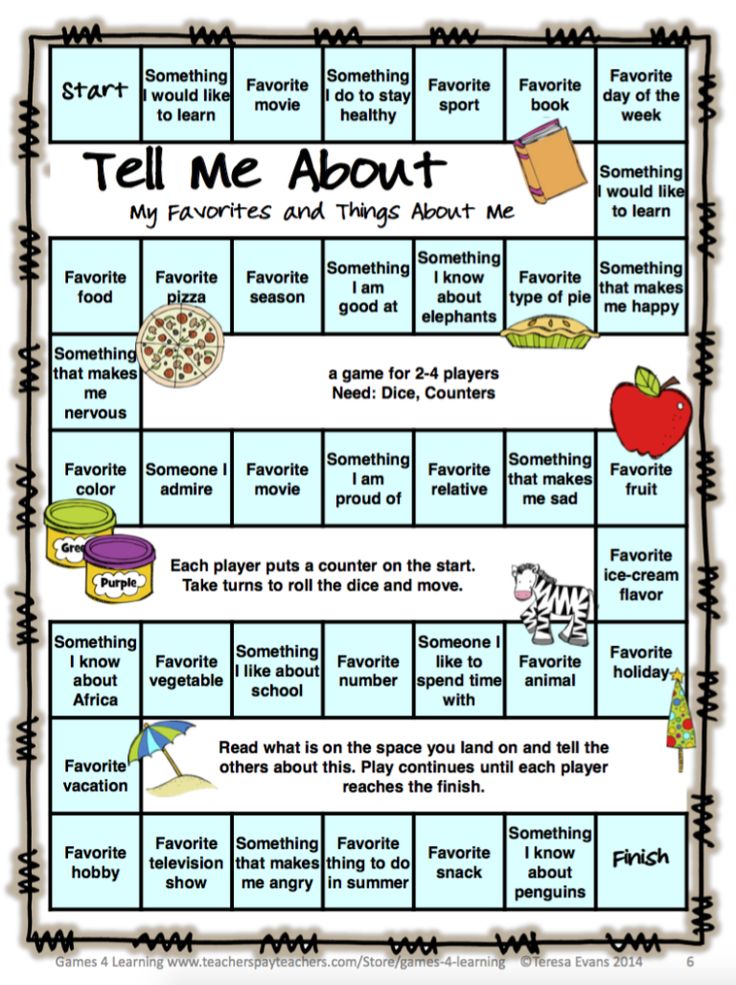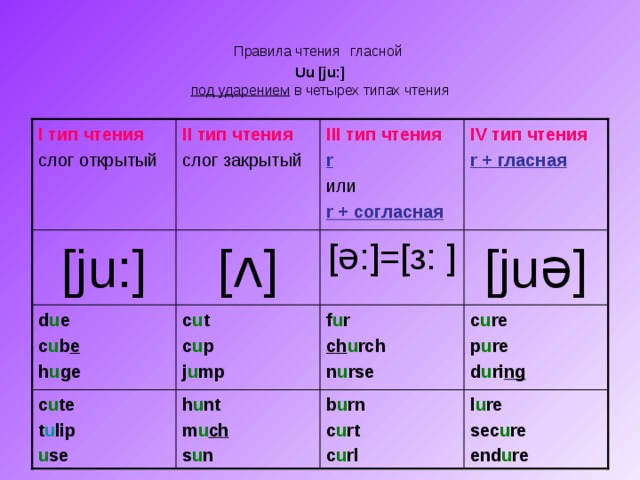Night and day story
Why There is Day and Night
As told by Lynn Moroney
Before there were people, there were only the animals and the birds. And in those days, the day and the night were exactly the same. One time, when Rabbit was going along, he began to think about the days and the nights and how they were alike and how there wasn't enough light. And then, in a loud voice, he said, "There is not enough light. I can not see where I'm going. I need more light."
Just then, Rabbit heard a voice, and it said, "There is plenty of light." Rabbit could not see who was talking and so he called out "Who is there, who is speaking to me?" "It is I. It is Owl. And I say there is enough light in the world." Then Rabbit said, "Well I say there is not enough light, and I will call the animals together. We will have a council. And I will ask them. I will ask them if they think there is enough light and they will agree with me and then you will know that there is not enough light in the world.
" But then Owl said, "I will invite all the birds of the air. We will join in the council and then you will see that the birds will agree with me and then you will note that there is enough light in the world."
Well, all the animals and all the birds came together and they all sat around in a great circle and waited for Rabbit and Owl to speak. Rabbit stepped forward and said "There is not enough light in the world. We need more light." Then Owl stepped forward and then he said, "There is too much light. We do not need more light."
Well, with that, all the animals and birds began to talk to one another. Bear said that there was way too much light, that he liked to sleep in the dark and, if there were more light, it would interrupt his rest. Some of the birds said that they wanted more light so that they could see to gather twigs for their nests. Racoon said that he agreed with Owl. Racoon did not want light. Frog said that there was enough light, and that he couldn't sing well when there was too much light. Then Buffalo said that, with so little light, he couldn't find enough grass and that he was often hungry. Then all of the animals and birds began to talk at once. Some of them agreed with Owl and some of them agreed with Rabbit.
Then Buffalo said that, with so little light, he couldn't find enough grass and that he was often hungry. Then all of the animals and birds began to talk at once. Some of them agreed with Owl and some of them agreed with Rabbit.
Finally, Rabbit and Owl decided that they would settle the argument by seeing which of them had the strongest medicine. And whoever had the greatest power, well, that person would have his way. So Owl began to say "Night, night, night, night." And then Rabbit spoke faster, "Light, light, light, light." And then Owl spoke even faster, "Night, night, night, night." Rabbit's friends warned him, "Rabbit, do not say Owl's word, or it will be night all the time." And Owls' friends warned him, "Owl, be careful. Do not say Rabbit's word or there will be light all the time."
Owl was saying "Night, night, night, night, night, night, night...." when he heard his friends say the word "light". And he accidentally said, "Night, night, night, night, light . .. oh, oh," said Owl. But it was too late, he had already said the word "light".
.. oh, oh," said Owl. But it was too late, he had already said the word "light".
And so it was that Rabbit won. And since that time, the day has had lots of light. But because some of the animals could not hunt or sleep with so much light, Rabbit declared that part of the time would be night after all. And that is why, in these days, we have both day and night.
Variants found throughout North American Indian lore
Tale courtesy of Lynn Moroney.
Background was created by Brad Snowder of the Western Washington University Planetarium . Used with permission. The raven is a head-dress produced by the Haida tribe. It is owned by the Department of Anthropology, National Museum of Natural History, Smithsonian Institutes. Washington D.C. The photographer is Don Eiler.
Day and night | TheSchoolRun
What are day and night?
Daytime is when you can see the sun from where you are, and its light and heat can reach you. Nighttime is when the sun is on the other side of the Earth from you, and its light and heat don’t get to you.
Nighttime is when the sun is on the other side of the Earth from you, and its light and heat don’t get to you.
We get day and night because the Earth spins (or rotates) on an imaginary line called its axis and different parts of the planet are facing towards the Sun or away from it.
It takes 24 hours for the world to turn all the way around, and we call this a day. Over a year, the length of the daytime in the part of the Earth where you live changes. Days are longer in the summer and shorter in the winter.
Top 10 facts
- It takes 24 hours for the Earth to turn all the way around (rotation). That makes one day and one night.
- At any moment, half of the world is in daytime and half is in nighttime.
- The world is like a ball. We call the top half the Northern hemisphere and the bottom half the Southern hemisphere. The (imaginary) line between them is called the equator.
- In the Northern hemisphere, we have summer in June, July and August and winter is in December, January and February.

- In summer the days are longer than they are in winter. In London, the longest day is about 16 hours and 39 minutes and the shortest is 7 hours and 45 minutes.
- In the Southern hemisphere the seasons are the other way around. When it is summer in Europe, it is winter in Australia. Imagine celebrating Christmas on a long, hot summer day!
- To help us understand where we are in the world, we also split the world into right and left halves called the Eastern hemisphere and the Western hemisphere.
- The (imaginary) line between the Eastern and Western hemispheres is called the ‘Prime Meridian’ and it goes through Greenwich Royal Observatory in London.
- The world is split into time zones. Continental Europe is in the time zone to the east of Britain, so time is one hour ahead there; when it is 1pm in Britain it is 2pm in France.
- On the opposite side of the world from London is the International Date Line. On one side of the line time is 12 hours behind Britain, and on the other side time is 12 hours ahead of Britain.
 That means that it is a different day on each side of the line.
That means that it is a different day on each side of the line.
Boost Your Child's Learning!
- Get a tailored learning plan for your child
- English & maths resources delivered each week
- Interactive & printable activities
Trial it for FREE today
Did you know?
- The Earth is always spinning around – sometimes from where you stand on the Earth you can see the Sun (this is the daytime) and sometimes the part of the Earth where you are is facing away from the Sun so it is dark (this is the nighttime). It takes 24 hours for the Earth to spin all the way around, and we call this a day. Find out more about the sun and the Earth.
- The sun rises from behind the Earth in the East and sinks below the Earth in the West. The time when it appears is called sunrise, and the time when it disappears is called sunset. The length of time between sunrise and sunset is called daytime.
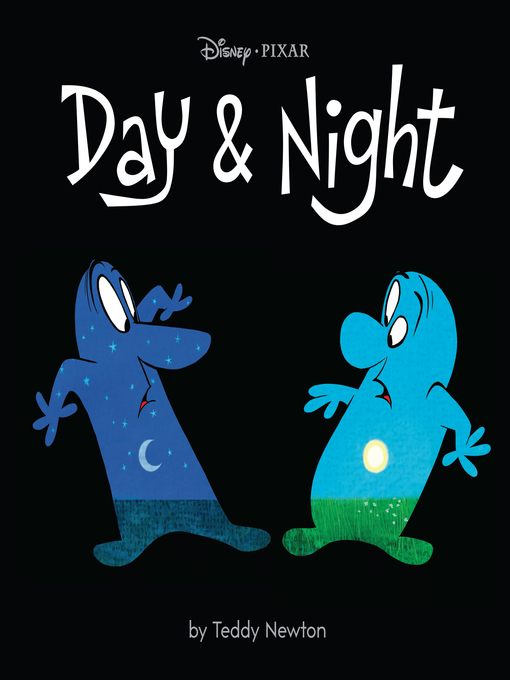
- The Earth spins around an imaginary line that runs between the South Pole and the North Pole. This line isn’t completely straight – so, sometimes the North Pole is pointing away from the sun for long periods of time and it is always dark there, and sometimes the North Pole points towards the sun for long periods of time and it is always light there.
- The Earth is also split into Northern and Southern hemispheres, which are divided by an imaginary line called the equator. The North and South poles are as far from the equator as you can get. Britain is in the Northern hemisphere and is slightly closer to the North Pole than it is to the equator.
- In Britain we don’t have any days when it is always light or always dark, but the days are longer during the times of the year when the North Pole is pointing towards the sun and shorter when it is pointing away from the sun.
- When the days are shorter, there is less time for us to get heat from the sun, so the weather is colder.
 This is why we get winter. When the days are long, there is more time for us to get heat from the sun so we get hot summer days.
This is why we get winter. When the days are long, there is more time for us to get heat from the sun so we get hot summer days. - Because the equator is halfway between the North and South poles, the days there are always 12 hours of daytime and 12 hours of nighttime. There is very little difference between the seasons.
- In the Southern hemisphere the seasons are at opposite times to the Northern hemisphere. When it is summer here it is winter there, and when it is winter here it is summer there.
- The shortest day of the year is called the winter solstice and the longest day of the year is called the summer solstice.
- There are two days each year where every place on Earth has 12 hours of daytime and 12 hours of nighttime. These are called the spring and autumn equinoxes.
Day and night gallery:
- Day and night shown on a globe
- Different time zones
- A map showing all of the time zones in the world
- The Prime Meridian at the Greenwich Royal Observatory
- The South Pole
- Businesses need to be aware what the time is in different offices around the world!
- There are seven time zones in North America
Gallery
About
As the Earth moves around the Sun it rotates on its axis, so we have day and night.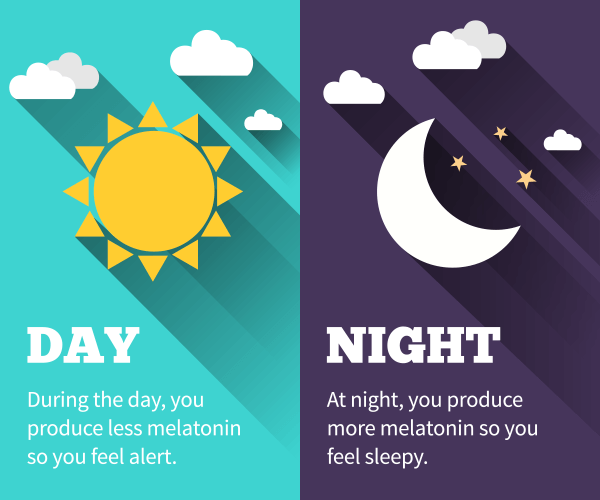 The side of the Earth facing the Sun is bathed in light and heat (daytime). The side of the Earth facing away from the Sun, out towards space, is darker and colder (nighttime).
The side of the Earth facing the Sun is bathed in light and heat (daytime). The side of the Earth facing away from the Sun, out towards space, is darker and colder (nighttime).
It takes just over 365 days for the Earth to travel all the way around the Sun. We call the length of time the Earth's revolution around the Sun takes a year, but to make life easier, most years have 365 days and every fourth year has 366 days. We call a year with 366 days a leap year. The extra day is February 29th. The years 2012 and 2016 were leap years; 2020 and 2024 will also be leap years.
The further you are from the equator, the longer a day will be in summer and the shorter it will be in winter. On the longest day of the year in London there are about 16 hours and 39 minutes of daylight, but in Edinburgh, 400 miles north of London, there are 17 hours and 36 minutes of daylight. This is because Edinburgh is further away from the equator than London is.
To help us know where we are in the world, we also divide the world into Eastern and Western hemispheres.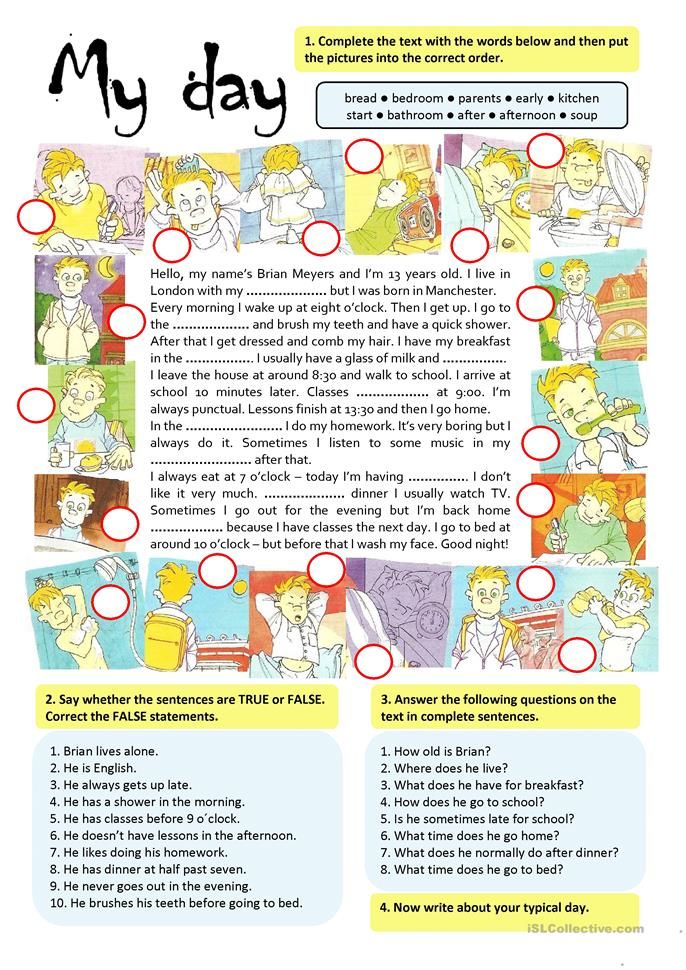 The line between them is called the Prime Meridian and it runs through the Greenwich Royal Observatory in London. All measurements of how far East and West places are are taken from this line. We call these measurements longitude.
The line between them is called the Prime Meridian and it runs through the Greenwich Royal Observatory in London. All measurements of how far East and West places are are taken from this line. We call these measurements longitude.
Midday is the time in the Earth’s rotation when the position of the sun is at the same longitude. The sun has travelled half way across the sky and still has half way to travel.
For people living on the far side of the world, when it is midday in London, it will be the middle of the night for them. It is more useful for them to set their clocks by when the sun will be visible where they live than when it will be visible in London.
For this reason we divide the world into ‘time zones’ so that the time on the clock matches the position of the sun in the sky. Most time zones are set as an exact number of hours ahead of or behind the time in London. The time in France is one hour ahead of London and the time in New York in the USA is 5 hours behind London.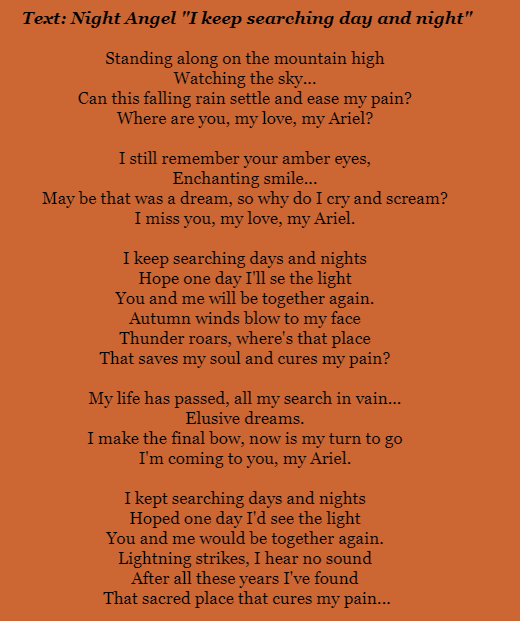
Most countries prefer to be in only one time zone. That way all the schools and offices open and close at the same time and nobody gets confused. This means that the boundaries between time zones aren’t always straight so that all of the country is in one time zone, even though part of the country should be in another one. The USA is so big that it is in several time zones.
On the far side of the world from Greenwich is the International Date Line. On the western side of the line the time is 12 hours ahead of London and on the eastern side of the line the time is 12 hours behind London. This means that on the western side of the line it is one day later than on the eastern side of the line.
Sometimes we change the time of the clocks so that we can make more use of the hours of daylight. If we used the same time all year around in Britain then, in the summer, the sun would rise at 3:30am and set at 8:30pm. Not many people are awake at 3:30am, but lots of people are awake after 8:30pm.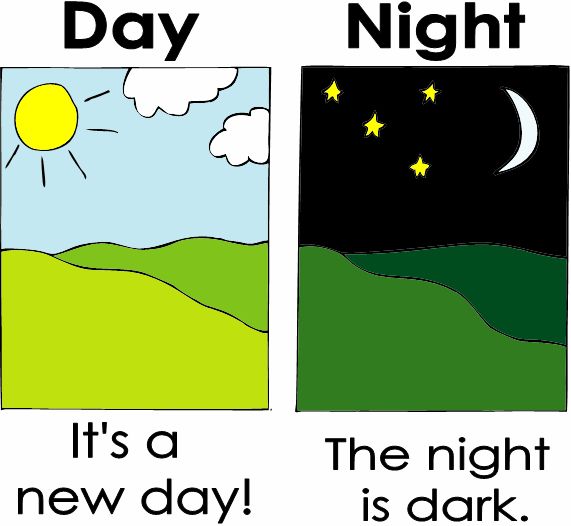 We set our clocks forward one hour in the spring so that the sun rises at 4:30am and sets at 9:30pm and we set them back one hour in the winter. This is called summer time.
We set our clocks forward one hour in the spring so that the sun rises at 4:30am and sets at 9:30pm and we set them back one hour in the winter. This is called summer time.
Words to know for day and night:
- Day – This is the length of time it takes the Earth to spin all the way around so that you get a night and a day: 24 hours.
- Daytime – the time when the sun is visible from a place on Earth
- Equator – the line that divides the Northern and Southern hemisphere
- Equinox – days when there are 12 hours of light and 12 hours of darkness everywhere on Earth. There are two each year – one in late March and one in late September.
- International Date Line – The line on the far side of the world from the Prime Meridian where the east and west sides of the line are in different days.
- Latitude – This is a number between 0 and 90 that tells you how far from the equator you are.
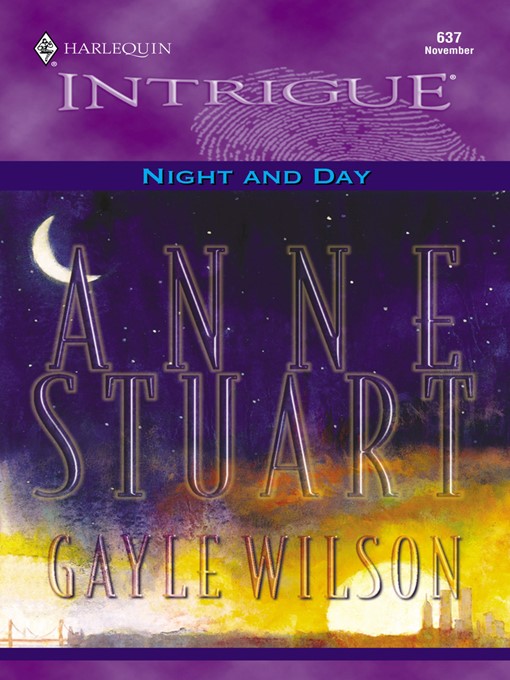 The latitude of the equator is 0°, and the latitude of the North Pole is 90°.
The latitude of the equator is 0°, and the latitude of the North Pole is 90°. - Longitude – This is a number between 0 and 180 that tells you how far from the Prime Meridian you are. The longitude of the Prime Meridian is 0°, and the longitude of the International Date Line is 180°.
- Nighttime – the time when a place on Earth is facing away from the Sun's warmth and heat
- North Pole – the northernmost place on Earth
- Prime Meridian – the line dividing the Eastern and Western hemisphere, running through Greenwich Royal Observatory in London
- Revolution – the movement of the Earth around the Sun.
- Rotation – the movement of the Earth turning on its axis. A complete rotation takes 24 hours.
- Seasons – There are four seasons: spring, summer, autumn and winter.
- Solstice – The longest and shortest days of the year are the Summer Solstice and Winter Solstice.

- South Pole – the southernmost place on Earth
- Time zone – The Earth is divided into time zones. The time in most time zones is one hour earlier than the time in the zone to the East, and one hour later than the time in the zone to the West.
- Year – the length of time it takes the Earth to travel around the Sun, approximately 365 days.
Related Videos
Just for fun...
Find out where it is daytime and where it is nighttime right now
See what the time is all over the world
Colour in some pictures of nocturnal animals
Find out the latitude and longitude of your home town
Try lots of different seasons games
Play a day and night simulation game
Spot animals in the dark in Night Light, an interactive game
Make your own paper sundial
Best kids' books about day and night
Find out more about day and night
- Understand how the movement of the Earth causes day and night in a BBC Bitesize video
- Read about time and time zones
- Where does the Sun go at night? Find out in a Science Museum video
- Watch a video about weather and seasons
- Life in the dark: the creatures who come out at night
- A night and day explanation for kids from DKfindout!
- Listen to night-time noises and learn about what you heard
- Watch videos for kids about Earth’s orbit and rotation, what causes our seasons, moon phases and solar and lunar eclipses
- An animation which explains why we have seasons
- Turn the Earth to find out how the rotation of our planet is related to night and time of day
- See a cartoon of night-time shift workers
- NASA's views of the earth at night
- Whole sky movies from the National Schools Observatory to help you see how the movement of objects in the sky depends on where you are in the world, and on what time of year it is
- Day, night and seasons explained
- Experience a summer's night in videos of fireflies (lightning bugs)
See for yourself
Visit the home of the Prime Meridian at Greenwich Royal Observatory in London
Complete a World Day and Night Workshop online to understand more about day and night
Also see
At the end of the day. The history of the night read online for free
Here you can read online “A. Roger Ackerch: At the end of the day.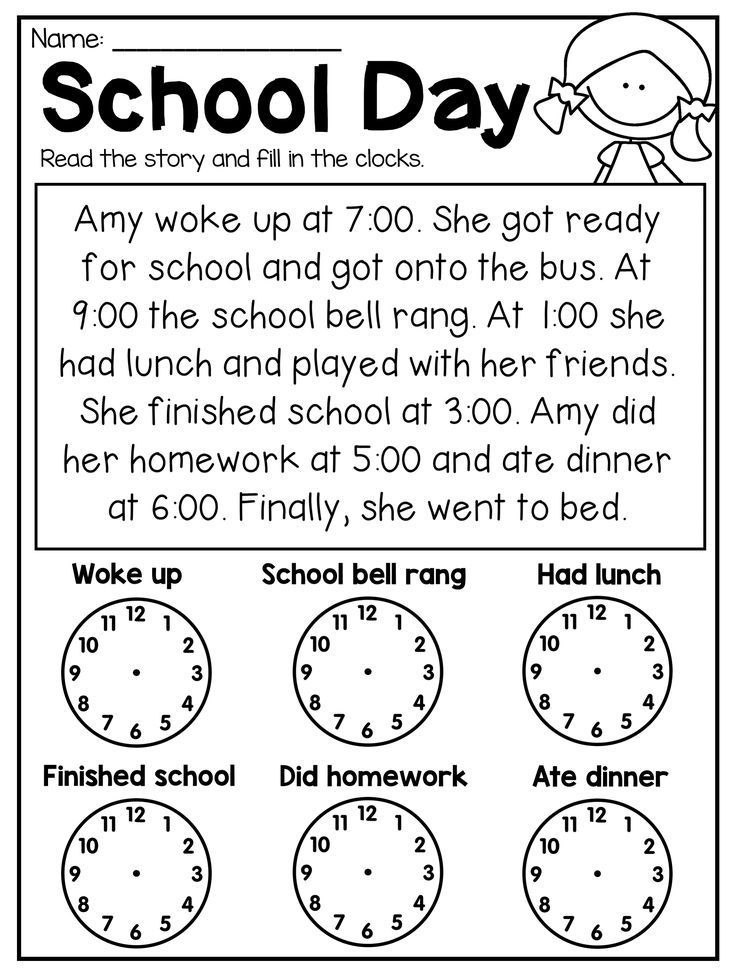 The history of the night "the entire text of the e-book is completely free (entirely full version). In some cases, there is a summary. City: St. Petersburg, year of issue: 2010, ISBN: 978-5-389-01075-8, publisher: Azbuka, category: History / Culturology / sci_popular / in Russian. Description of the work, (foreword) as well as visitor reviews are available on the portal. The Lib Cat library - LibCat.ru was created for those who like to look through a good book and offers a wide range of genres:
The history of the night "the entire text of the e-book is completely free (entirely full version). In some cases, there is a summary. City: St. Petersburg, year of issue: 2010, ISBN: 978-5-389-01075-8, publisher: Azbuka, category: History / Culturology / sci_popular / in Russian. Description of the work, (foreword) as well as visitor reviews are available on the portal. The Lib Cat library - LibCat.ru was created for those who like to look through a good book and offers a wide range of genres:
romance novels science fiction and fantasy Adventure detectives and thrillers erotica documentaries scientific humorous jokes about business prose children's fairy tales about religion novelties Orthodox vintage about computers programming in English home economics poetry
By choosing a category to your liking, you can find really worthwhile books and enjoy immersion in the world of imagination, feel the experiences of the characters or learn something new for yourself, make an inner discovery.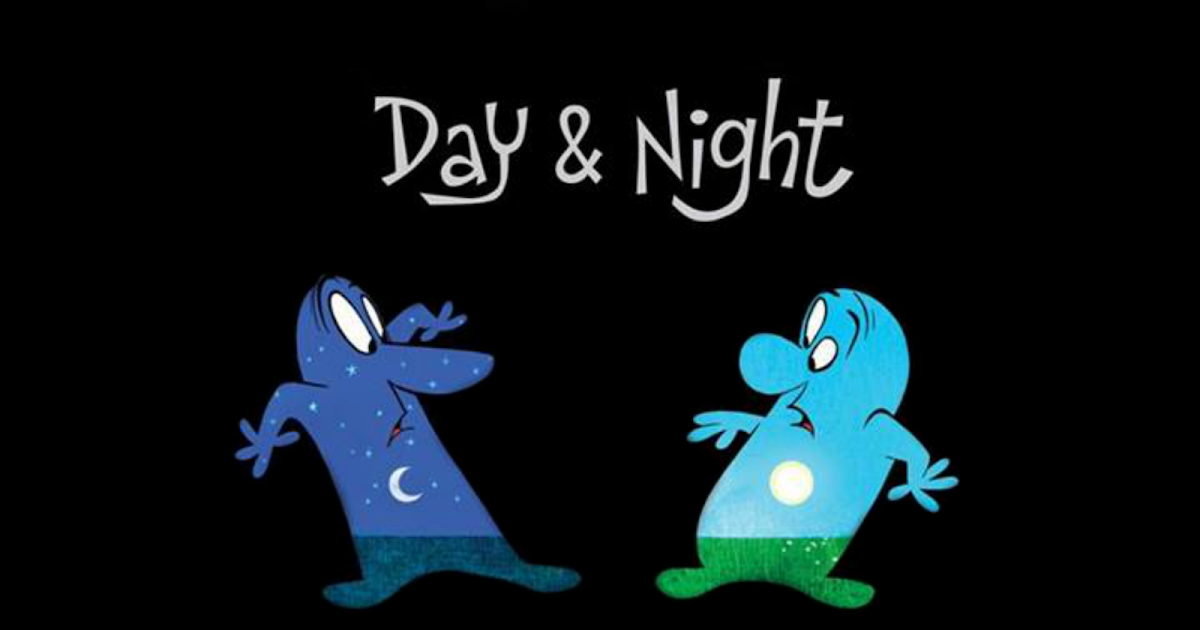 Detailed information for reference on the current request is presented below:
Detailed information for reference on the current request is presented below:
- Description
- Other books by the author
- Copyright holders
- Similar books
At the end of the day. The history of the night: a summary, description and annotation
We suggest reading an annotation, description, summary or preface (depending on what the author of the book "At the end of the day. History of the night" wrote). If you did not find the necessary information about the book - write in the comments, we will try to find it.
The book of the famous American scientist A. Roger Ackerch "At the end of the day. The history of the night" turned people's ideas about the dark time of the day. It would seem that what can happen to people after sunset, when they rest or sleep? But according to the author, it is at night that a lot of interesting, mysterious and funny things happen. Night is a refuge from everyday life, the time for lovers, the time for the actions of good and evil forces. Someone goes to have fun at balls and masquerades, someone hurries to a tavern or a tavern, and someone prefers to devote the night hours to fervent prayer. Under the cover of darkness, various crimes are also committed - from petty thefts to brutal murders. Members of secret societies and sects hold meetings by candlelight. They have sex at night, get sick, tell scary stories, write in a diary, write books, dream... cutting through the darkness of the night. Along with documentary texts, the researcher cites many exciting, frightening and comic stories that have remained in the memory of several generations. nine0006
Someone goes to have fun at balls and masquerades, someone hurries to a tavern or a tavern, and someone prefers to devote the night hours to fervent prayer. Under the cover of darkness, various crimes are also committed - from petty thefts to brutal murders. Members of secret societies and sects hold meetings by candlelight. They have sex at night, get sick, tell scary stories, write in a diary, write books, dream... cutting through the darkness of the night. Along with documentary texts, the researcher cites many exciting, frightening and comic stories that have remained in the memory of several generations. nine0006
A. Roger Eckerch: other books by the author
Who wrote At the end of the day. History of the night? Find out the last name, the name of the author of the book and a list of all his works by series.
Dear copyright holders!
Any registered user has the opportunity to place books on our site. If your book has been published without your consent, please send your complaint to info@libcat. ru or fill out the feedback form.
ru or fill out the feedback form.
Within 24 hours we will close access to illegally posted content. nine0006
At the end of the day. The history of the night - read online for free the full book (full text)
The system of saving the place of the last read page allows you to conveniently read online for free the book “At the end of the day. History of the night”, without having to look for where you left off every time. Put a bookmark, and you can at any time go to the page where you finished reading.
Font:
↓
↑
Georgiageorgiatahomarialverdanasymbol
Set
Interval:
↓
↑
Bookmark:
Make
1234567 ... 225
Night. From the series "The Four Times of the Day" (1738).
Engraving by F. Walker after a painting by W. Hogarth
DEDICATED TO ALEXANDRA, SHELDON AND CHRISTIAN
In the beginning God created heaven and earth. The earth was formless and empty, and darkness was over the deep, and the Spirit of God hovered over the waters. And God said: let there be light. And there was light. And God saw the light that it was good, and God separated the light from the darkness. And God called the light day, and the darkness night. nine0006
Genesis 1:1–5
ACKNOWLEDGMENTS
You're just going too slow,” my smiling ten-year-old daughter Sheldon teased me recently about the speed at which I work. If only the right words would come easily! I owe the help of friends and family, and the kind support of various organizations on both sides of the Atlantic, that it did not take me even longer to write this book. André-Philip Katz, a close school friend, was the inspiration for this book for me many years ago. Despite our plans for cooperation, other duties did not allow him to take part in this work. His outstanding intellect and imagination would greatly embellish the book. nine0006
My research and writing work has been made possible by the financial support of a number of organizations. I am deeply indebted to the National Endowment for the Humanities , the John Simon Guggenheim Memorial Foundation, the American Council of Learned Society, the American Philosophical Society (the American Philosophical Society), The Virginia Center for the Humanities and the American Historical Association . Virginia Tech (Virginia Tech) kindly provided me with a sabbatical and research assistance.
Over the past two decades, I have relied on the materials and staff of many wonderful organizations. I am indebted to the State Public Archives (the Public Record Office) (formerly Chancery Lane, now Kew), British Library ( the British Library), Guildhall Records Office, London (the Guild-hall Records Office), British Political Library and Economics at the London School of Economics (the British Library of Political and Economic Science at the London School of Economics), The Bodleian Library of Oxford University, Cambridge University Library (the Cambridge University Library), St. John's College (St. John's College) Cambridge, Chetham's Library (the Chetham's Library) Hereford City Library, The District Central Library in Wrotensall, Somerset Society for Archeology and Natural History (the Somerset Archaeological and Natural History Society), Bristol Central Library (the Bristol Central Library), Department of Irish Folklore at University College Dublin The National Library of Scotland (the National Library of Scotland) and the Scottish Record Office in Edinburgh, the University of Wales 0182 in Bangor, the National Library of Wales in Aberystwyth and the archives of Geneva. I am grateful to various organizations in the United States: Library of Congress (the Library of Congress), Alderman Library (the Alderman Library) at the University of Virginia, Earl Gregg Swem Library (the Earl Gregg Swem Library) at the College of William and Mary, New York Public Library , The Beinecke Library Yale University The Lewis Walpole Library The North Haven (Connecticut) Historical Society The Bennington Historical Society (Vermont) Historical Society), the Harvard University Law School Library, the Houghton Library at Harvard, the Suffolk County Court House in Boston.

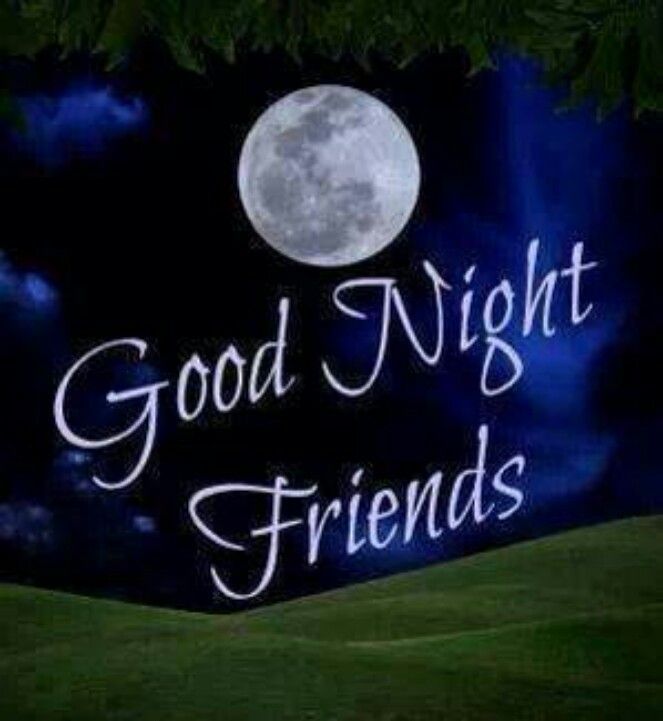 The story of the night" - Eckerch A. Roger (?) - Page 1 History of the night
The story of the night" - Eckerch A. Roger (?) - Page 1 History of the night  André-Philip Katz, a close school friend, was the inspiration for this book for me many years ago. Despite our plans for cooperation, other duties did not allow him to take part in this work. His outstanding intellect and imagination would greatly embellish the book. nine0006
André-Philip Katz, a close school friend, was the inspiration for this book for me many years ago. Despite our plans for cooperation, other duties did not allow him to take part in this work. His outstanding intellect and imagination would greatly embellish the book. nine0006 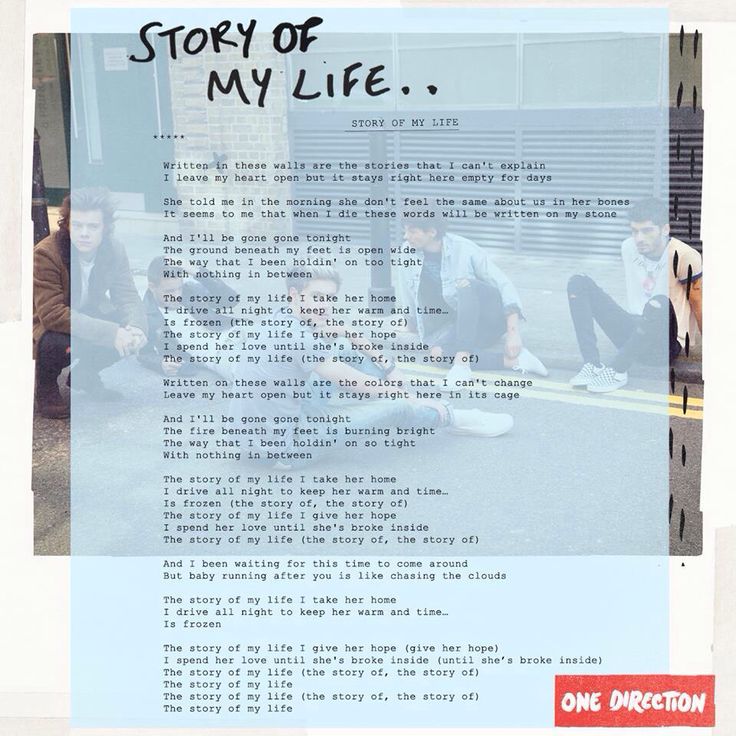 John's College (St. John's College) in Cambridge, Chetham's Library (the Chetham's Library) in Manchester, Dorset and Hertfordshire Archives, Hereford City Library (the Hereford City Library, the District Central Library in Rotensall, the Somerset Archaeological and Natural History Society , the Bristol Central Library the Department of Irish Folklore at University College Dublin the National Library of Scotland (the National Library of Scotland) and the Scottish Archives (the Scottish Record Office) in Edinburgh, the University of Wales in Bangor, the National Library of Wales 0011 in Aberystwyth and the archives of Geneva. I am grateful to various organizations in the United States: the Library of Congress (the Library of Congress), the Alderman Library (the Alderman Library) at the University of Virginia, the Earl Gregg Swem Library (the Earl Gregg Swem Library) at the College of William and Mary, New York Public Library (the New York Public Library), Beinecke Library Yale University, Lewis Walpole Library (the Lewis Walpole Library), The North Haven (Connecticut) Historical Society, The Bennington (Vermont) Historical Society, Harvard Law School Library (the Harvard University Law School Library, the Houghton Library Harvard, the Suffolk County Court House (the Suffolk County Court House) in Boston.
John's College (St. John's College) in Cambridge, Chetham's Library (the Chetham's Library) in Manchester, Dorset and Hertfordshire Archives, Hereford City Library (the Hereford City Library, the District Central Library in Rotensall, the Somerset Archaeological and Natural History Society , the Bristol Central Library the Department of Irish Folklore at University College Dublin the National Library of Scotland (the National Library of Scotland) and the Scottish Archives (the Scottish Record Office) in Edinburgh, the University of Wales in Bangor, the National Library of Wales 0011 in Aberystwyth and the archives of Geneva. I am grateful to various organizations in the United States: the Library of Congress (the Library of Congress), the Alderman Library (the Alderman Library) at the University of Virginia, the Earl Gregg Swem Library (the Earl Gregg Swem Library) at the College of William and Mary, New York Public Library (the New York Public Library), Beinecke Library Yale University, Lewis Walpole Library (the Lewis Walpole Library), The North Haven (Connecticut) Historical Society, The Bennington (Vermont) Historical Society, Harvard Law School Library (the Harvard University Law School Library, the Houghton Library Harvard, the Suffolk County Court House (the Suffolk County Court House) in Boston. I am especially indebted to Sandra J. Treadway and her colleagues at the Virginia State Library (the Library of Virginia) in Richmond. I am deeply grateful to all of them.
I am especially indebted to Sandra J. Treadway and her colleagues at the Virginia State Library (the Library of Virginia) in Richmond. I am deeply grateful to all of them. 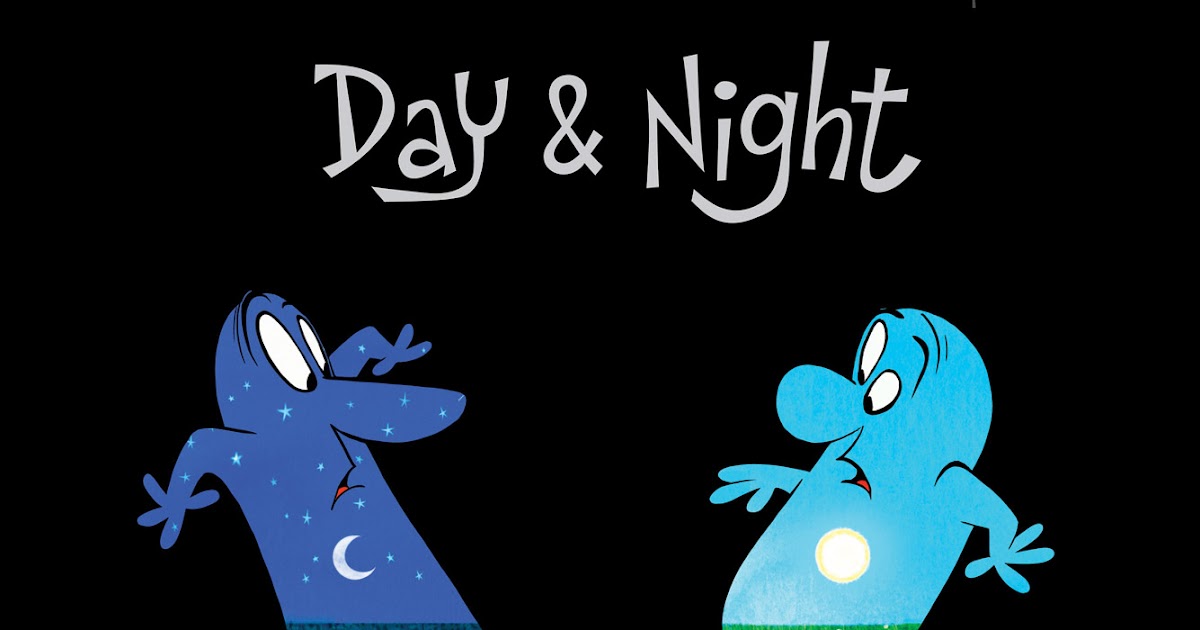
 He and Richard F. Hersh took the time to read the manuscript early in the research. Thanks to Linda Fountain, Janet Francis, and Rhonda Pennington, as well as a group of students who shared ideas, scanned illustrations, and offered help with literature, this project was much easier for me to complete. I am especially indebted to Sarah Taylor, Jamie Rife, Ann Elizabeth Volka, David Ferro, Estea Alston, Bridgette Deart, Nicole Evans, Doris Johnson, Eric Robertson, Al Harrison, Larry McCall, and Carlton Spinner. Soo Kang spent countless hours with me, helping me sort out microfilm newspapers from the 18th century, while Lindsey Metts hunted down the missing materials in Charlottesville. Jason Kraff kindly provided assistance in organizing the sources. Keith Wilder provided competent assistance in Edinburgh. nine0006
He and Richard F. Hersh took the time to read the manuscript early in the research. Thanks to Linda Fountain, Janet Francis, and Rhonda Pennington, as well as a group of students who shared ideas, scanned illustrations, and offered help with literature, this project was much easier for me to complete. I am especially indebted to Sarah Taylor, Jamie Rife, Ann Elizabeth Volka, David Ferro, Estea Alston, Bridgette Deart, Nicole Evans, Doris Johnson, Eric Robertson, Al Harrison, Larry McCall, and Carlton Spinner. Soo Kang spent countless hours with me, helping me sort out microfilm newspapers from the 18th century, while Lindsey Metts hunted down the missing materials in Charlottesville. Jason Kraff kindly provided assistance in organizing the sources. Keith Wilder provided competent assistance in Edinburgh. nine0006 